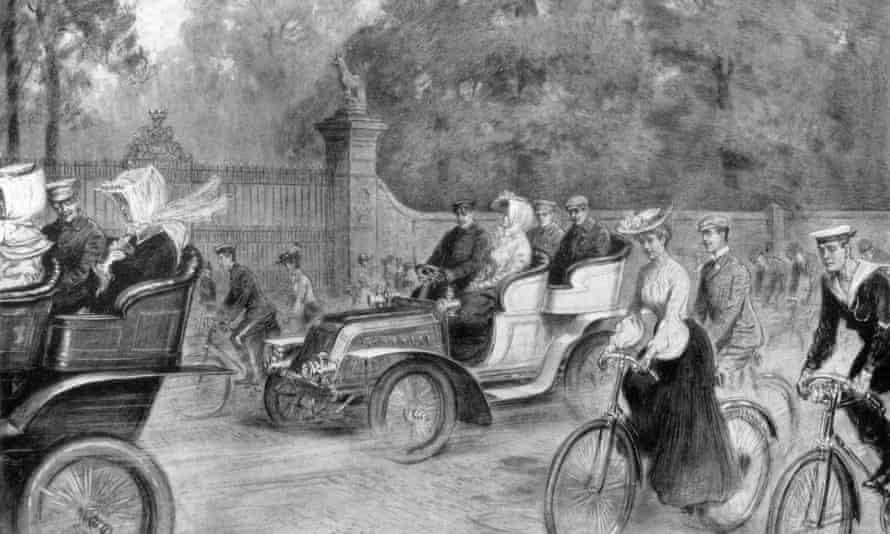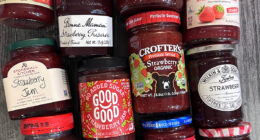Cycling notes: new ways to fix a puncture – archive, 1902
26 May 1902: Wedges of rubber or cotton wool soaked in solution can be inserted in the more deadly cuts, but a new compound of rubber neatly fills a hole

Puncture stops innumerable have been devised, patented, and sold, and not a few riders have in addition, privately experimented with sugar cures, glycerine, treacle, and other glutinous or viscous materials inserted in a fluid state within the inner tubes.
Some of these dodges, and some even of the patented and relatively costly preparations, do unquestionably seal minute punctures, but not one of them escapes the drawback of being messy and giving a vast amount of trouble when a large cut or a serious wound occurs. Taking all points into consideration, it is preferable to have a clean and dry air tube to one that exudes sticky matter when gashed.
But a new preparation is now being sold which differs from puncture stops and is not properly classed with them. It is a cover stop, not a preparation for insertion in air tubes. Often careful riders endeavour to follow the instructions of compilers of handbooks of advice to cyclists and insert wedges of rubber or cotton wool soaked in solution in the more deadly cuts in their tubes, but these plugs are never permanent and always rather unsatisfactory.
READ RELATED: Global heating is cutting sleep across the world, study finds
The new Westwood tyre is intended to replace these makeshifts and apparently answers extremely well, although the recent experiments in a single tyre do not conclusively prove its durability. The preparation is a compound of rubber which when exposed to the air hardens and seizes surrounding rubber as if vulcanised together. If the cut in a cover is cleaned not only of dirt but of the sulphurous film also, precisely as the inside of a tyre is cleaned before one puts on a patch, and if a wad of this cover stopping is then pressed into the cut, kneaded carefully into intimate contact with the cleaned edges, and left for a [while] the stopping hardens, the hole is neatly filled, and the evil smell of the solution disappears. Users must be careful to keep the stopping covered in the tin or it will harden and become useless.

Mr Dunlop talks about the pneumatic tyre
An interesting account of an interview with Mr JB Dunlop, by Mr MMD Bodkin, KC, appears in The Cyclist, detailing the circumstances which prompted the inventor to devise air tyres. His eight-year-old son cut up the gravel paths on wet days with his solid-tyred toy tricycle wheels, and, as an indulgent father, he said, ‘‘One day, my boy, I will make you wheels that will be faster than any in town.”
Mr Dunlop had to redeem his promise. “I was accustomed,” he says, “to work with rubber, but there was no tubing to be had of the kind I wanted, so I got a sheet of rubber and some solution and made a tube myself. The great secret of such work, which puncture-repairers even yet cannot always understand, is to get the rubber quite clean and to rub in the solution hard. I did both, and presently I had an air-tight tube round my wheel, with a bit of the tubing of a feeding bottle sticking out for a valve. But the pneumatic tyre was not yet complete. If I had pumped air into it in that condition it would have blown out like a balloon till it burst. I appealed to my wife. Fortunately she had exactly what I wanted. She got me a strip of old dress of fine grey linen that had been fashionable in its day. A strip of this linen I pressed over the rubber tube and tacked it neatly and tightly to the wooden wheel. Then I pumped the air in with my boy’s football pump, folded and tied the end of the bit of feeding-bottle tubing, and so the first pneumatic tyre the world has ever seen was made and inflated.”
The domestic picture of the inventor thus pressing into service the items ready to hand is most interesting.
Source: Health & wellbeing | The Guardian





